The heathland areas of Lüneburg Heath
Beautiful and worth seeing in every season
Bispingen
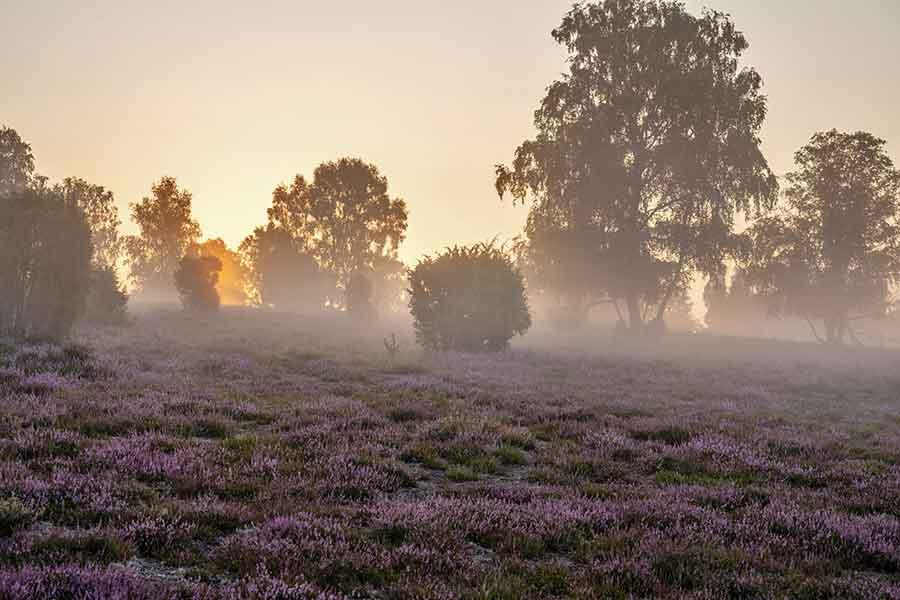
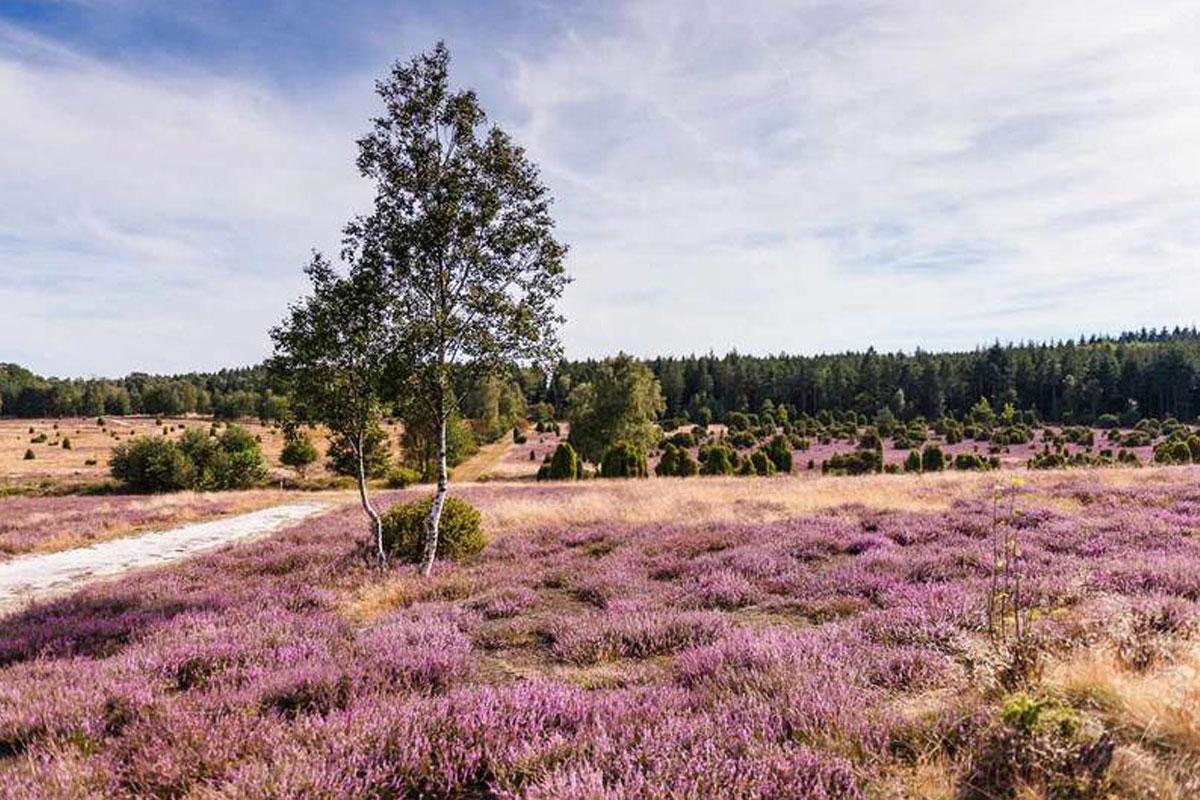
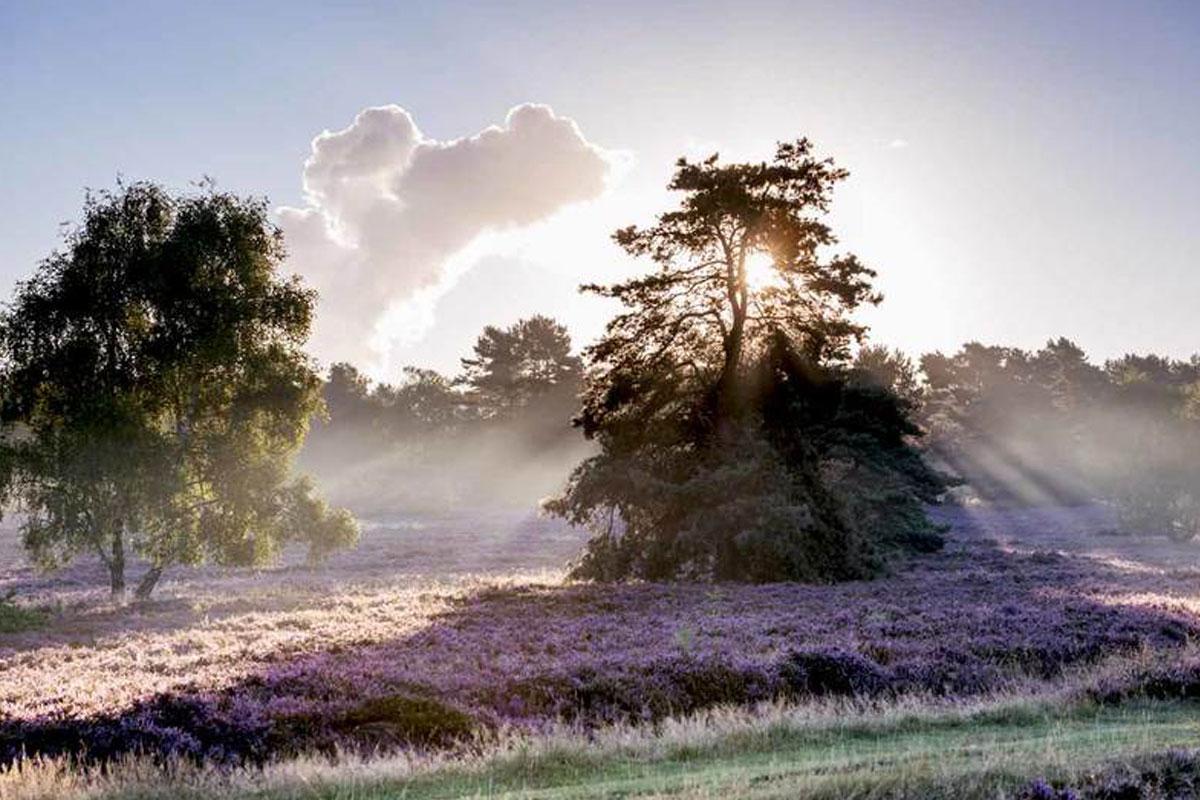
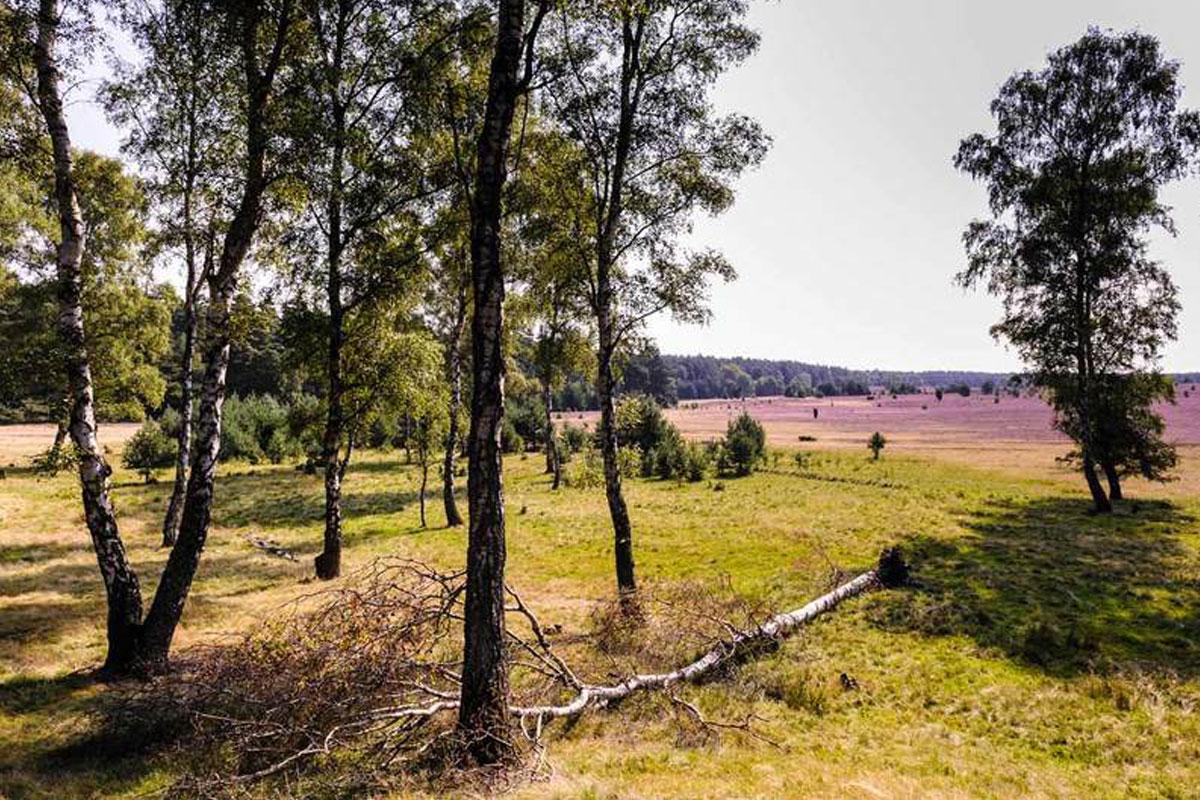
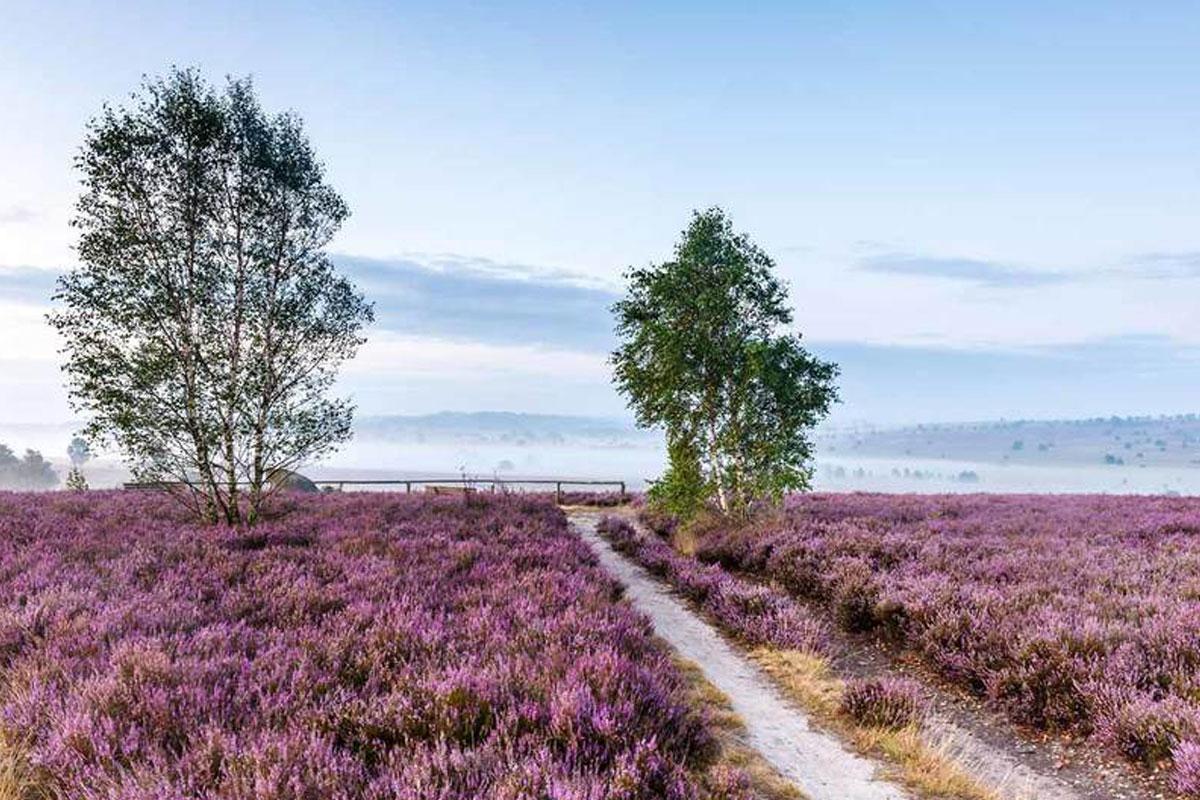
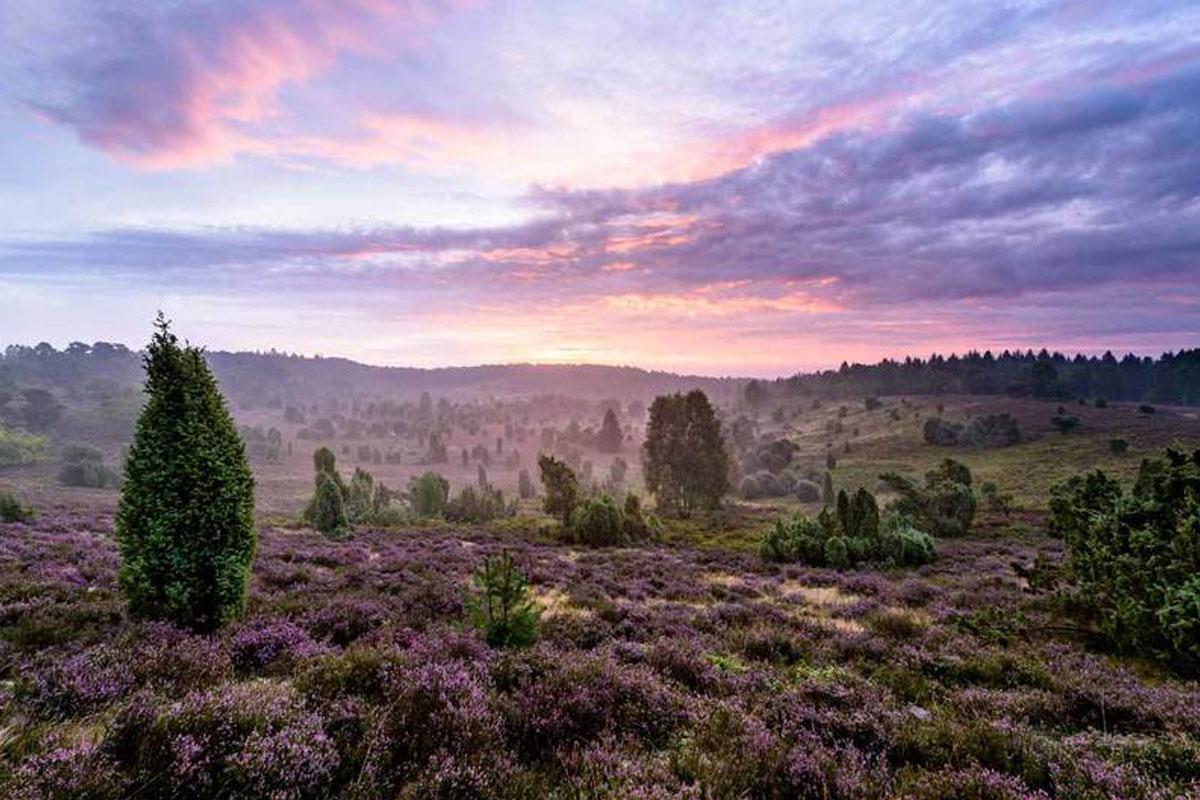
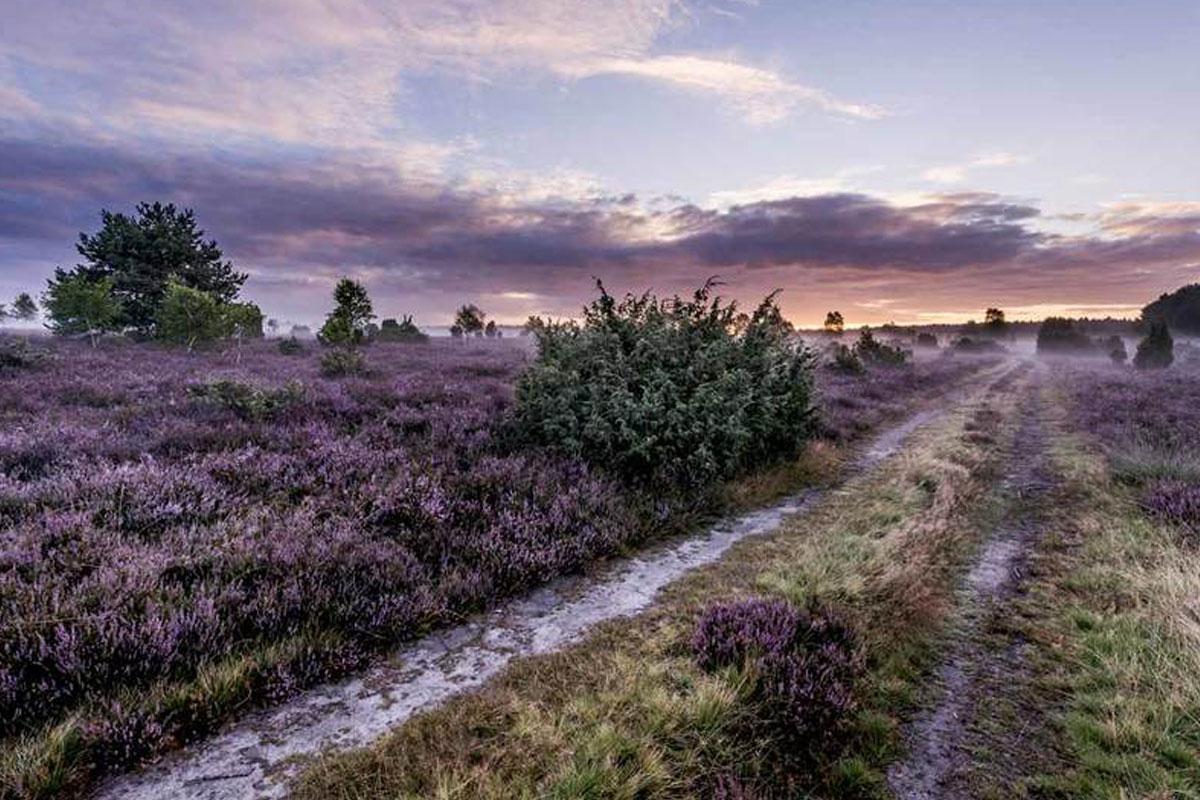
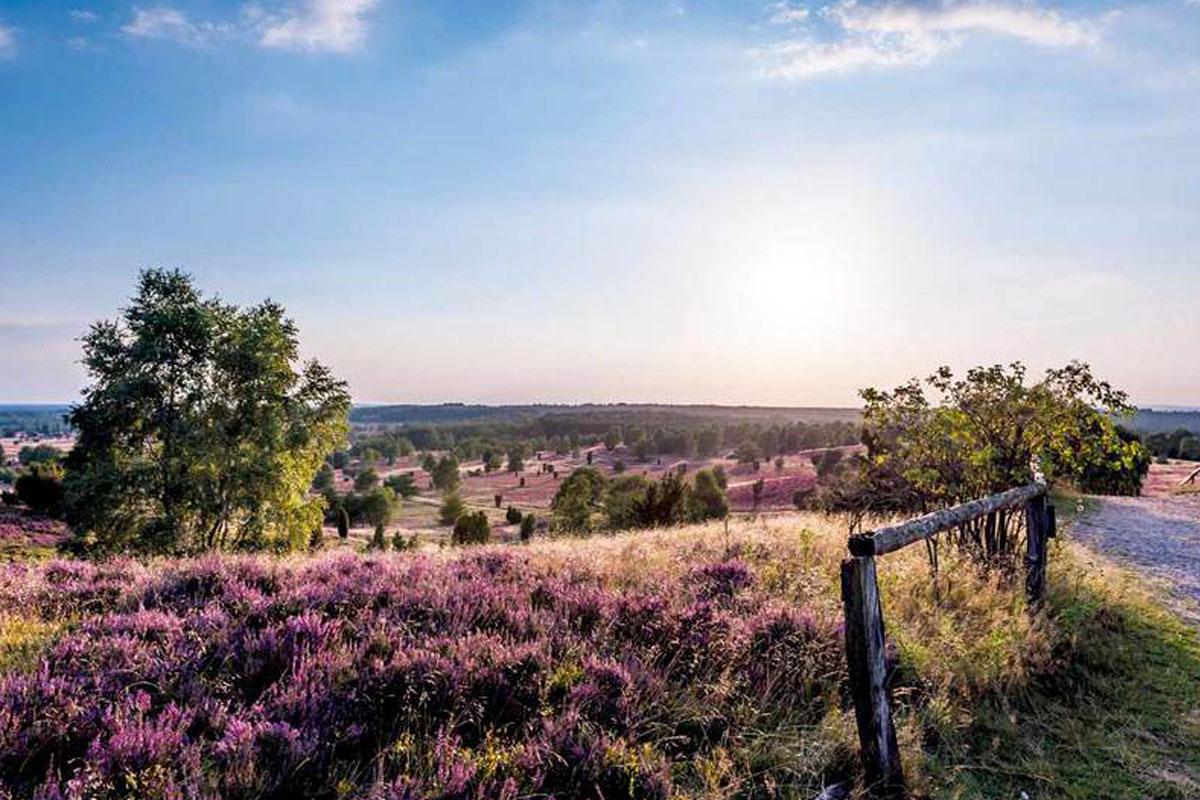
Millions of visitors come to Lüneberg Heath because of its unique landscape. The heathlands are the most frequently visited natural places of interest in the entire region.
Contrary to popular belief, Lüneberg Heath is not comprised of a single area of heathland, but rather of various heathlands of different sizes distributed throughout the region. The main focal areas are located in Lüneburg Heath Nature Reserve in the north and Suedheide Nature Reserve in the south.
Where are the most scenic heathlands in Lüneburg Heath? Where can one discover this unique countryside? These are questions all holiday-makers will ask themselves. We have therefore put together a collection of all the major heathlands for you. It gives you directions on how to get there and tips on what to do when you arrive.
At the end of this article you can download a map of Lüneberg Heath from the "downloads" section.
Important: Remember to bring a hat and water with you on very sunny days. Heathlands are open countryside and offer little if any shade.
The heather plant: Calluna vulgaris - common heather or ling
Lüneburg Heath is the largest agglomeration of heathlands in Central Europe and a unique natural landscape. Today, the region would be unimaginable without its heathlands to which it owes its typical character.
In the realm of the heather family
The type of heather that is most predominant in Lüneburg Heath and defines its landscape is common heather – Calluna vulgaris. It is also often referred to as “erica”. Common heather is the only species of the Calluna plant genus and belongs to the heather family (Ericacecae) and to the order of ericaceous shrubs (Ericales). Cross-leaved heath (Erica tetralix) is also a member of the heather family and can also be found on Lüneburg Heath. It usually blooms just before common heather.
Of heath farmers, moorland sheep, and heather bees – how the heath landscape came to be
What were the preconditions for the triumph of this famous plant? Let’s look back at the Neolithic Age, or New Stone Age: early heathland farmers begin to settle, clear forests, and cultivate crops. Due to a lack of fertiliser, however, depleted areas were abandoned for nature to take over. The time for the frugal and hardy heather had come. It took over the depleted countryside. During the Middle Ages the heathland farmer discovered a new subsistence strategy thanks to the moorland sheep, namely sheep farming. This modest animal was an important source of wool and fertiliser for agriculture. Farmers struggled with the soil to produce the hay for the stalls. They tore the heather together with the top layer of humus from the ground. This strenuous work is known by the German word “Plaggen”, a word that still exists in the form of the German expression “Plackerei”, meaning drudgery or toil. The bee soon became as essential as the moorland sheep. The rambling, treeless heath areas were ideal for bee-keeping. Honey, beeswax, and moorland sheep wool became important products produced by heath farmers. At the beginning of the 19th century, however, the produce from the heath was ousted by Merino wool, petrol, and sugar cane. The heathland farmers sold their land to avert hardship and the heathlands began to reforest.
This is where the story of the historic heath landscape could easily have come to an end. This is because the introduction of mineral-based fertiliser enabled the farmers to cultivate heath potatoes and other crops on the heathland’s infertile soil. The result: ever more heathlands disappeared from the map in many parts of Europe. But not in Lüneburg Heath. That’s because the nature reserve association VNP ensured it was continuously maintained.
TIP
The life of heathland farmers in the past - a journey through time
Travel back in time to around the year 1800 at the Open-air Museum Kiekeberg and Museum Village Hösseringen.
What was life like in the heathland villages on Lüneburg Heath 200 years ago? A tour of the historic houses of the two open-air museums creates a sense of the work and life of their former inhabitants.
Countryside that needs a lot of care
Heather is a plant that needs a lot of care. Without maintenance, the heathlands would be transformed into grassland and scrubland and the heather supplanted by new forests.
Heather thrives particularly well in nutrient-poor soil. The supply of air-borne nutrients promotes the growth of certain types of sweet grass such as crinkled hair-grass and purple moor grass that in time would outcompete common heather and erica.
It is thanks to the maintenance provided by the Lueneburg Heath and Suedheide Nature Reserves and the nature reserve association VNP that the heathlands are preserved. Various maintenance methods are used, three of which we would like to introduce you to here:
Pasturing - moorland sheep are industrious conservationists
What would Lüneburg Heath be without the flocks of moorland sheep? Pasturing with moorland sheep is probably the best-known method of maintaining the heathland. The sheep gnaw on young trees, thereby preventing the spread of birch and pine forests on the heathland. They also take care of the heather at the same time. The heather plants should be kept at a length of 15 cm to keep them young and dense and allow them to develop their magnificent blossom.
Heather becomes lignified as it grows longer and older. Moorland sheep gnaw on the heather, encouraging the development of young shoots. And the sheep have another useful function: they destroy the small cobwebs between the heather plants, thereby enabling bees unobstructed access to the plants.
Every flock of moorland sheep also has a number of goats among its members. They support the sheep as they can better gnaw pioneering tree species such as birch and spruce.
More than 9,000 moorland sheep in 13 flocks graze Lüneburg Heath on 365 days of the year.
Clearing - human support for moorland sheep
Clearing refers to the removal of young pioneer tree species with spades, saws and loppers. Numerous volunteers participate in the clearing activities that take place in the Lüneburg Heath and Suedheide Nature Reserves every year.
All fired up about the heathland
Targeted burning of heather under controlled conditions is a tried and tested method of heathland maintenance. It rejuvenates and revitalises ageing heather stocks. Heather is a typical fire germination plant.
The subterranean parts of the heather plant are very resistant to heat, especially when the ground has stored sufficient moisture to protect these parts of the plant and the seeds in the ground. In some cases the first heather plants grow out of the scorched earth the very next year.TIP: